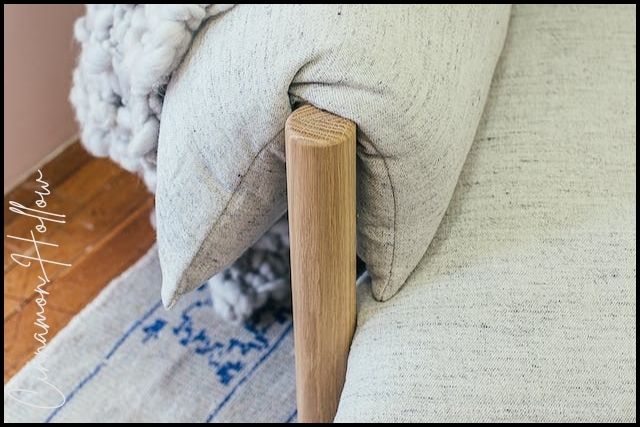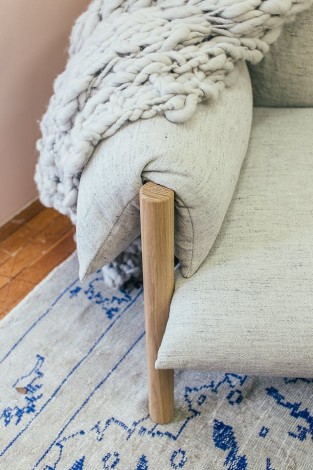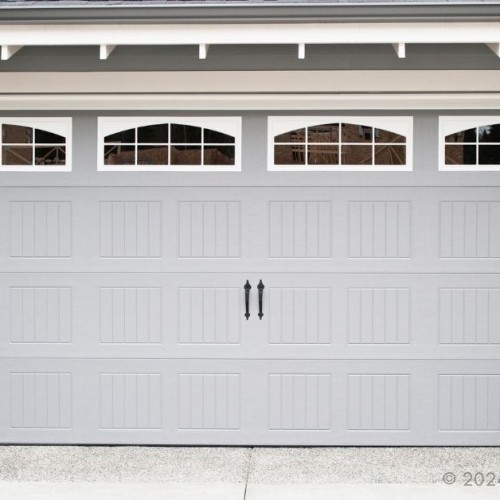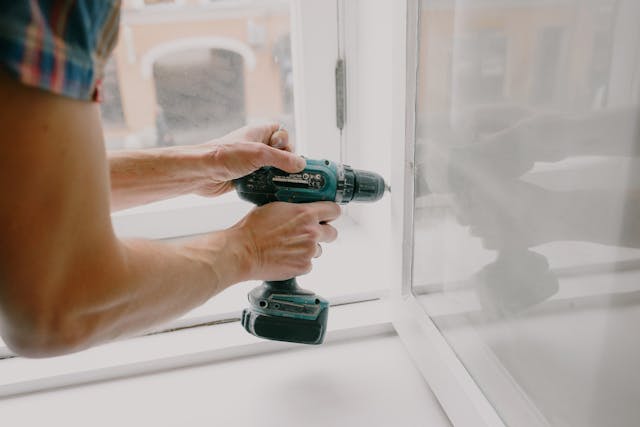If you’re renting a property, you can’t make permanent modifications to the building without your landlord’s consent. This includes installing insulation such as double pane windows, cavity wall insulation or attic insulation. But that doesn’t mean you can’t insulate your home at all. There are many temporary forms of insulation that can be an ideal solution if you’re renting. This post gives you 7 insulation tricks for renters.
What is insulation?
Insulation involves trapping heat in a property. Homes with poor insulation typically allow heat to escape easily, which means that they get colder faster in winter. They require more energy to heat up and have to be heated up more regularly, which also means higher energy bills for the occupant.
There are many insulation companies that can install permanent insulation. This is typically the most effective way of trapping heat in. However, there are other ways to insulate…
How to insulate a rental property
In order to not get in trouble with your landlord, you need to consider insulation methods that don’t involve making any permanent changes to the structure of the home. There are a few methods you can explore.
Hang up thermal curtains
A thick pair of thermal winter curtains can reduce heat loss through a window by as much as 40%. This is almost as effective as double pane windows, which reduce heat loss by just up to 60%. If a window already has an existing curtain rail, you should be able to put up new curtains without your landlord’s permission. Installing a curtain rail will require consent.
Try window insulating film
It’s possible to also insulate windows by adding transparent stick-on insulation film. This is cheap to buy and can reduce heat loss through windows by as much as 30% without having to cover windows with curtains. Plus, you can easily peel it off at the end of your tenancy.
Use a draft excluder
Are you getting cold drafts coming under your front door? Draft excluders are long cushions that can be wedged under doors to stop cold air getting in (and heat getting out). They are as effective as installing a stormguard while not requiring any permanent modifications to the door. This makes them a great rental-friendly option.
Lay down rugs
Heat can be easily lost through cold hard floors. If you can’t install carpets, an alternative insulation trick could be to lay down a large rug. Check out some of these living room rug options.
Shut doors to rooms
This is a simple tip that many people overlook. Shutting doors can help to trap heat in individual rooms. If all your doors are open, your heating will have to work harder to circulate heat around the entire interior of your home, so keep those doors shut.
Rearrange furniture
Placing furniture in certain areas of a room could help to further trap heat in. A good example is placing wardrobes and bookshelves against exterior walls – these pieces of furniture can serve as extra barriers against heat loss (especially if they are full of clothes or books).
Talk to your landlord
If you feel that your home is too cold and insulation is inadequate, don’t be afraid to bring this up with your landlord. You may be able to convince them to install extra insulation (or upgrade your heating). You could even offer to pay towards these insulation upgrades if you’re planning on staying in the property long-term, however ideally they should pay for it as it is their responsibility as a landlord.








